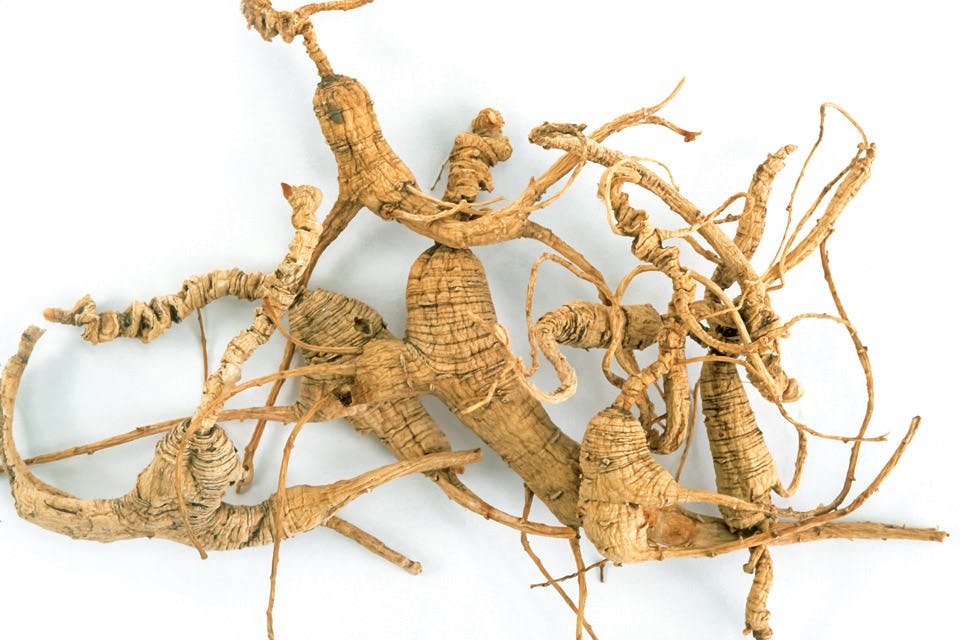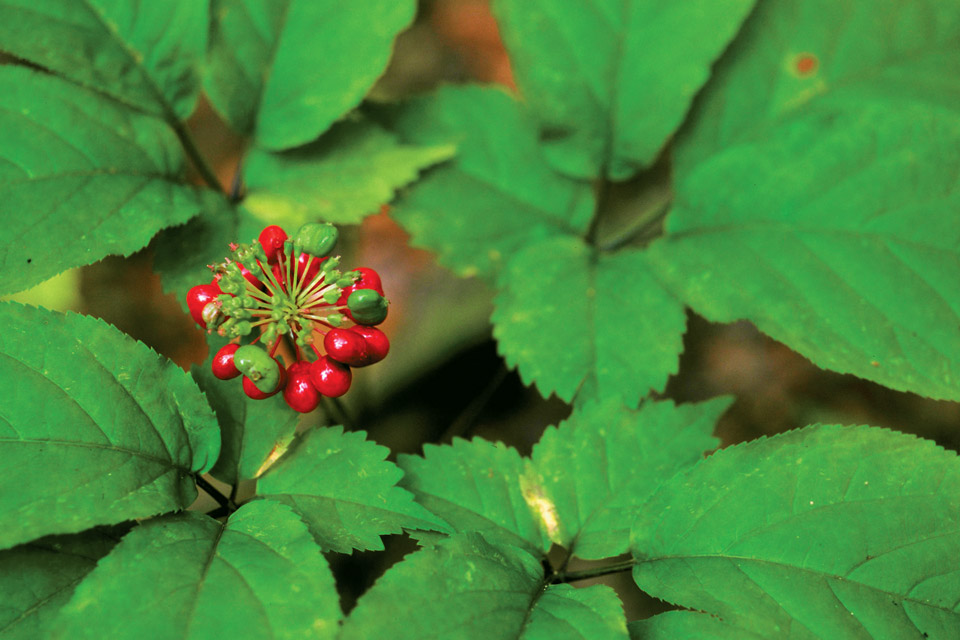Home + Garden
Why the Ginseng Plant is Rooted in Love
The mysterious plant, which is native to Ohio, has been used in love potions for centuries. Today, it remains a hot commodity for those who know where to look and how to find it.
Related Articles
.jpg?sfvrsn=fc2b738_5&w=960&auto=compress%2cformat)
Grow an Ohio Garden with the Native Plant Backyard Challenge
Make your outdoor space into a haven for birds, butterflies and pollinators this season by taking part in this National Audubon Society program. READ MORE >>

7 Outdoor Adventures in West Virginia
The Mountain State is home to beautiful outdoor destinations, whether you’re looking to hit the trails, get some stargazing in or embrace adventures ranging from rail biking to bungee jumping. READ MORE >>

12 Hikes to Work Off Thanksgiving Dinner
You’ve indulged, now you need to move. These guided hikes scheduled for the long Thanksgiving weekend are a perfect way to help offset your Turkey Day gluttony. READ MORE >>




